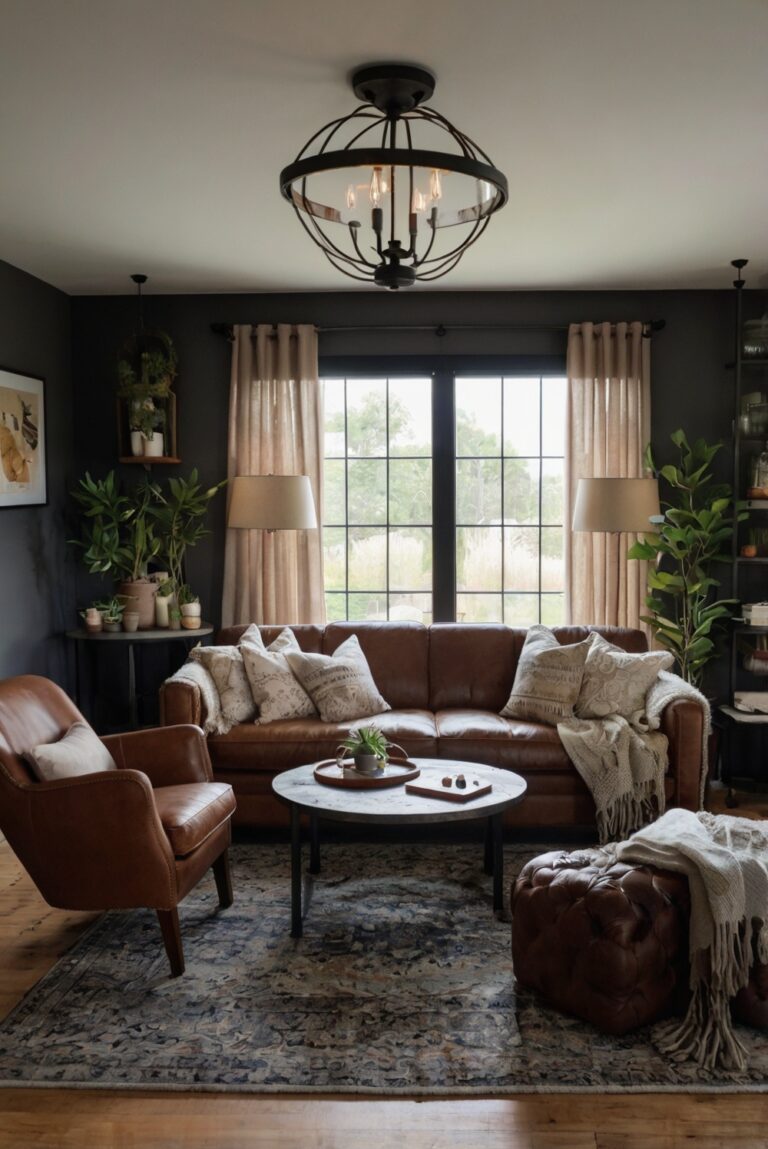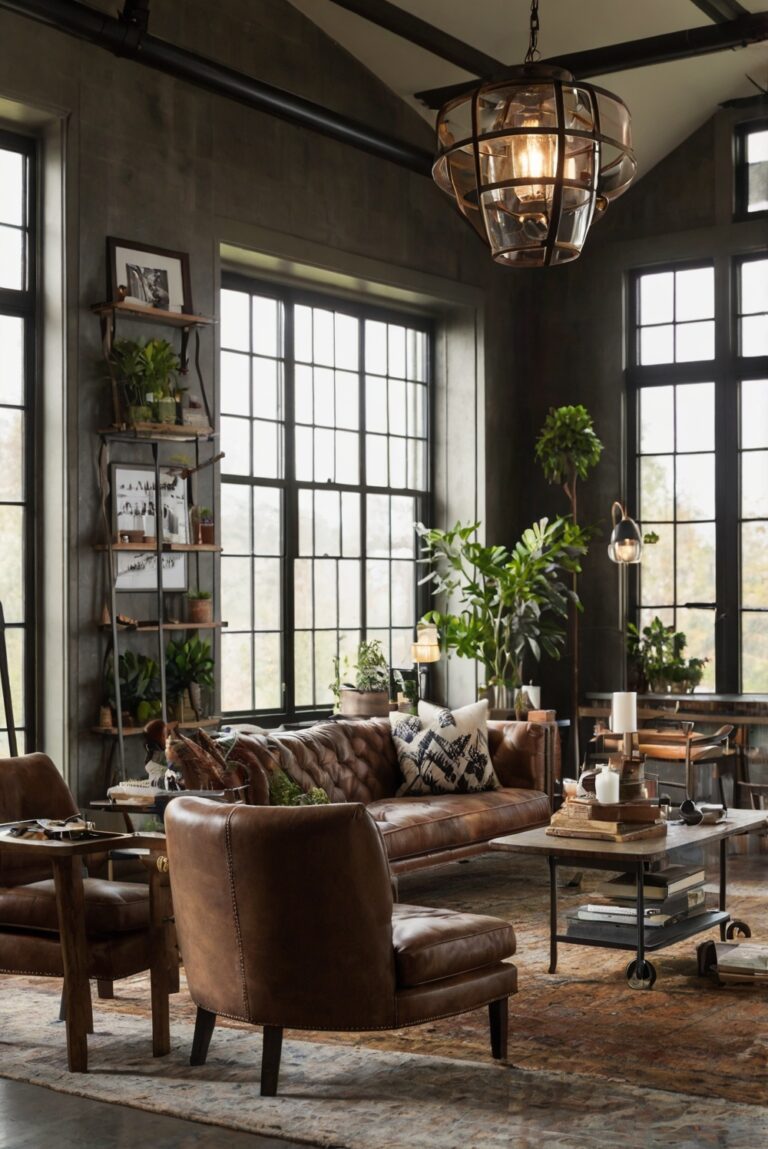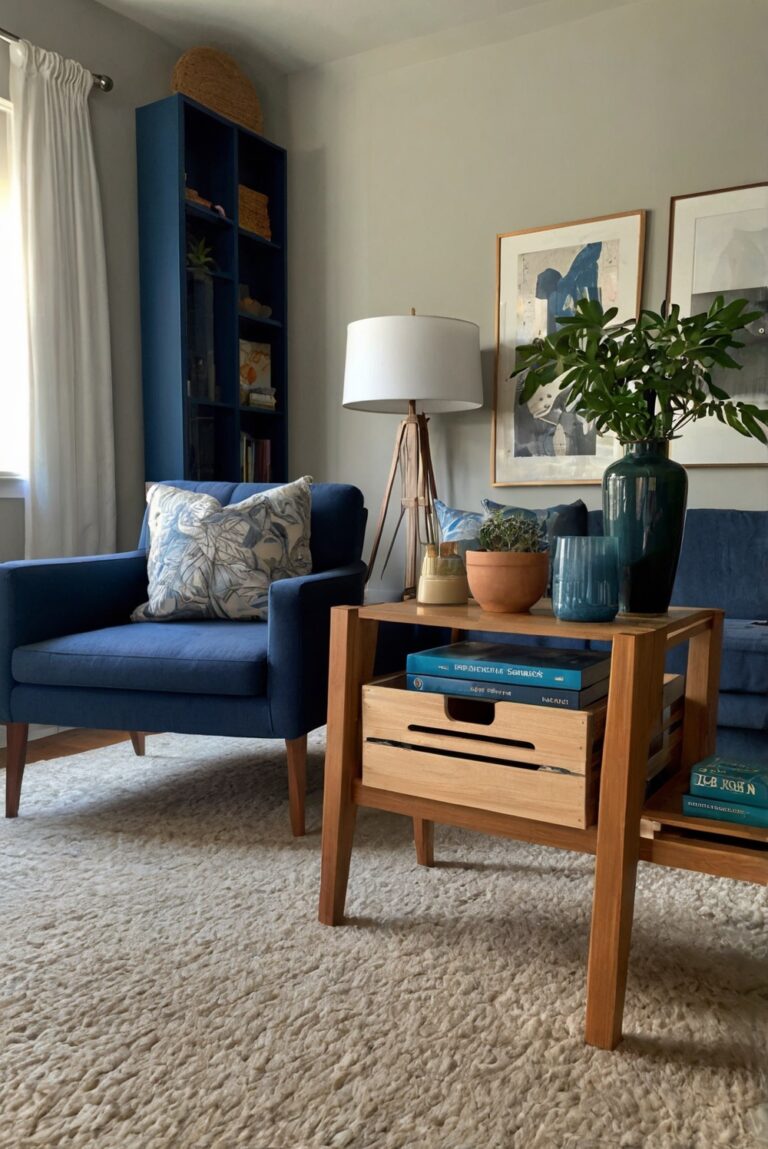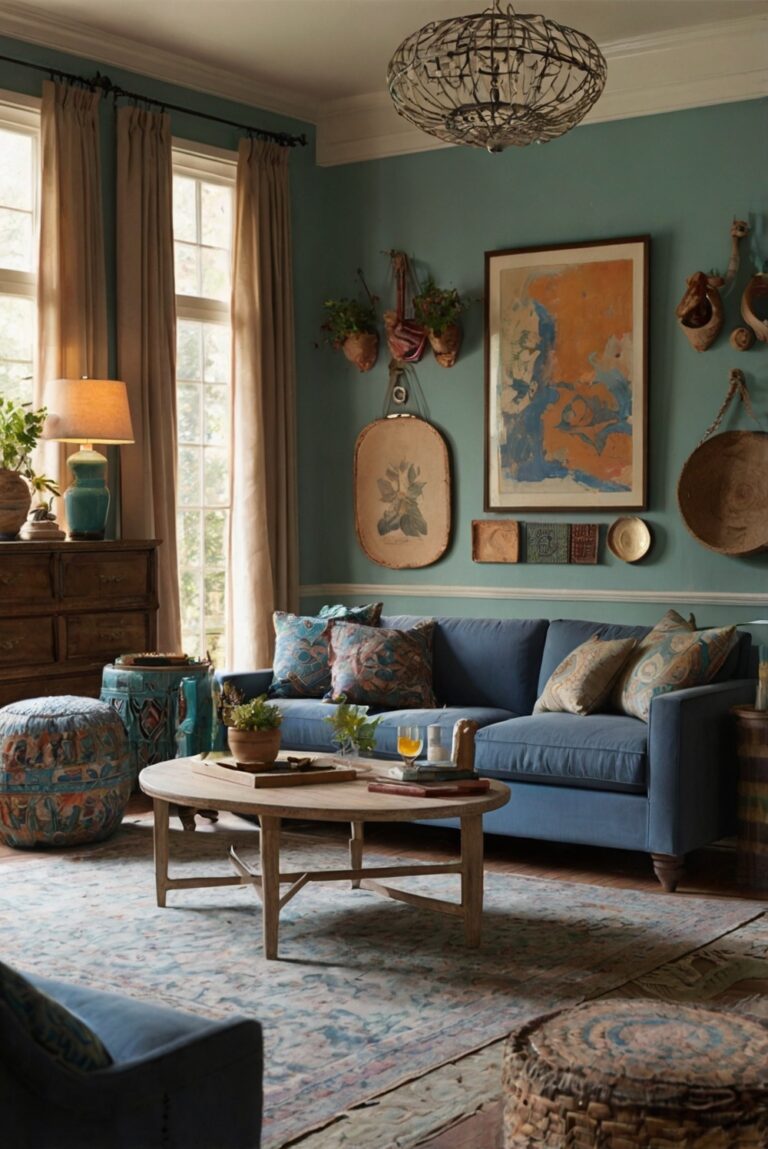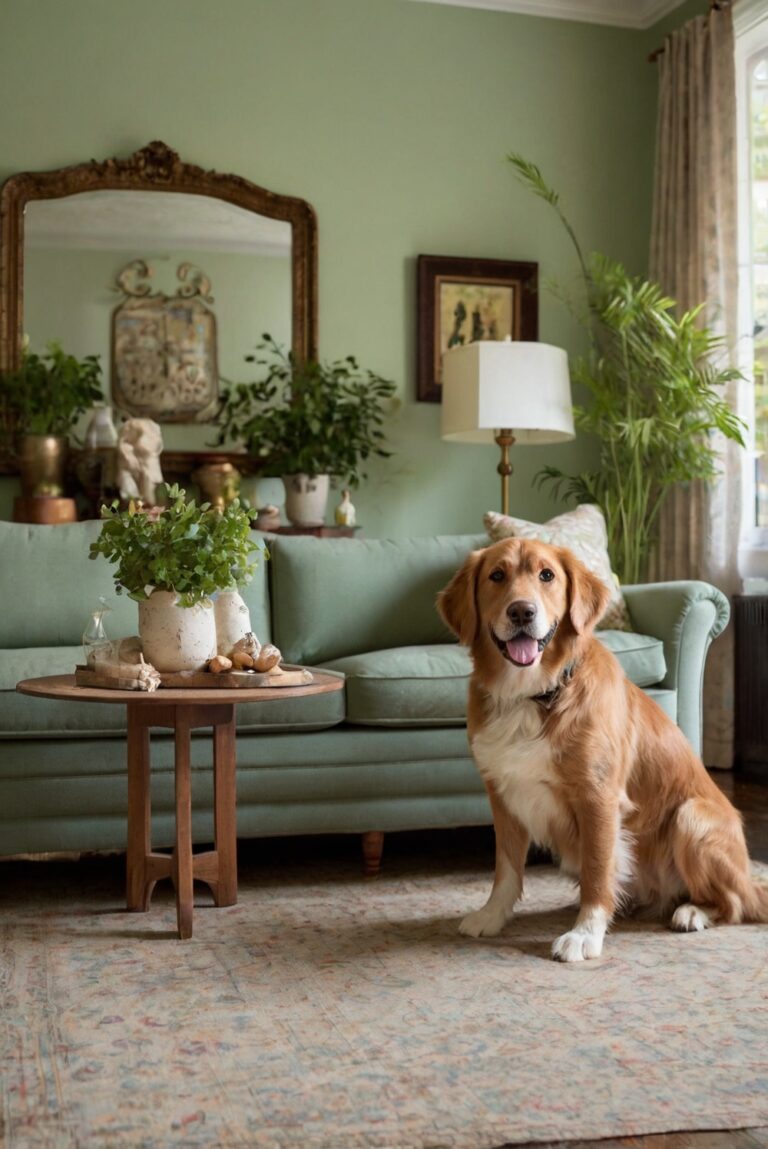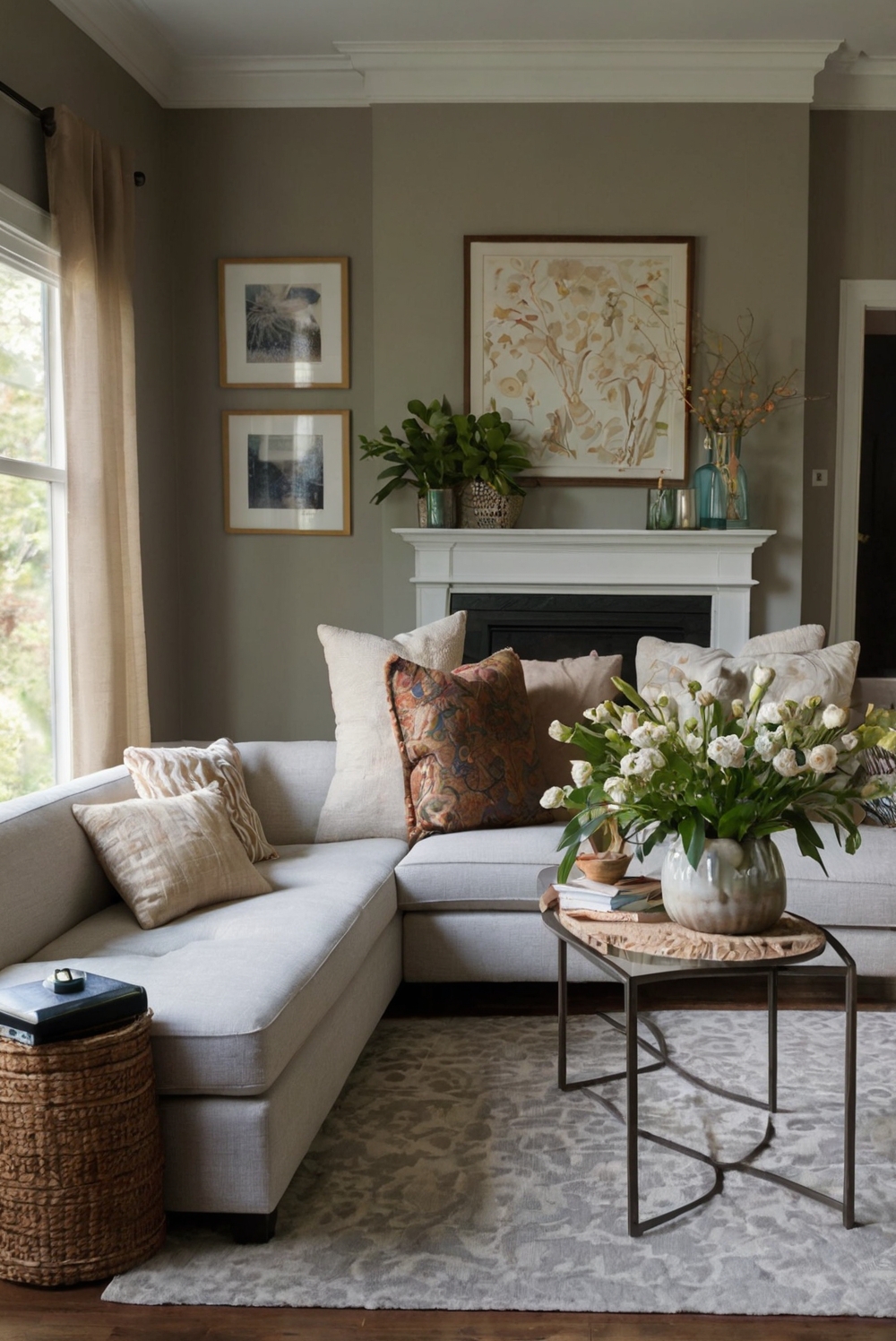
Looking for creative ways to arrange furniture in a small living room? Discover daily routines and decor tips for interior designers to maximize space efficiently.
**What are some creative ways to arrange furniture in a small living room?**
In a small living room, it’s essential to maximize space and functionality. Start by measuring the room and the furniture to ensure a proper fit. Utilize multifunctional pieces like ottomans with storage or nesting tables. Create visual space by using mirrors and light-colored paint. Consider furniture with exposed legs to give the illusion of more floor space. Use vertical space with floating shelves or wall-mounted storage. Keep pathways clear and maintain a traffic flow. When arranging furniture, prioritize comfort and flexibility. Experiment with different layouts until you find one that works best for your lifestyle.
Utilize Multipurpose Furniture:
In a small living room, it is crucial to make the most of the available space. One creative way to achieve this is by incorporating multipurpose furniture. Look for items like storage ottomans that can serve as both a coffee table and extra seating. Additionally, consider a sofa bed that can transform into a sleeping area for guests. These versatile pieces help maximize functionality in a limited space.
Opt for Floating Shelves:
Floating shelves are an excellent choice for small living rooms as they provide storage without taking up floor space. Install them above seating areas or along walls to display decorative items, books, or plants. This not only adds visual interest to the room but also keeps the floor area clutter-free, creating a sense of openness.
Create Zones:
To make a small living room feel more organized and spacious, consider dividing the space into distinct zones. Use area rugs or furniture placement to delineate different areas such as a seating zone, a reading nook, or a work corner. This approach helps define the purpose of each area and prevents the room from feeling cramped.
Maximize Vertical Space:
In a small living room, vertical space is often underutilized. To optimize this area, consider installing tall bookcases or shelving units that reach the ceiling. This not only provides ample storage for books, decor, and other items but also draws the eye upward, creating the illusion of higher ceilings. Make sure to use the top shelves for items you don’t need frequent access to.
Use Light Colors:
When arranging furniture in a small living room, the color scheme plays a crucial role in making the space feel more open and airy. Opt for light-colored furniture and walls to reflect natural light and create a sense of spaciousness. Soft hues like whites, creams, and pastels can make the room appear larger and brighter. Additionally, using a monochromatic color scheme can help maintain visual cohesion and prevent the space from feeling cluttered.
In conclusion, arranging furniture in a small living room requires creativity and strategic planning. By incorporating multipurpose furniture, floating shelves, creating zones, maximizing vertical space, and using light colors, you can optimize the layout and make the most of the available space. These creative solutions not only enhance functionality but also contribute to a visually appealing and well-organized living area. Remember that every small detail matters when it comes to arranging furniture in a limited space, so be mindful of the choices you make to create a harmonious and inviting environment.
1. Utilize multipurpose furniture: Consider furniture pieces that serve multiple functions, such as a sofa bed or ottoman with storage. This can help maximize space in a small living room while providing additional functionality.
2. Create zones: Divide the room into different zones for specific activities, such as a seating area, a reading nook, and a work space. Use area rugs or different lighting to delineate these zones and make the room feel more organized.
3. Opt for space-saving furniture: Choose furniture with sleek designs and slim profiles to avoid overwhelming the room. Wall-mounted shelves, nesting tables, and transparent furniture can create the illusion of more space.
4. Use vertical space: Make use of vertical space by installing shelves or wall-mounted storage units to keep the floor area clutter-free. This can also draw the eye upward, making the room feel larger.
5. Keep it light and airy: Choose light-colored furniture and decor to make the room feel brighter and more spacious. Mirrors can also help reflect light and create the illusion of depth in a small living room.

